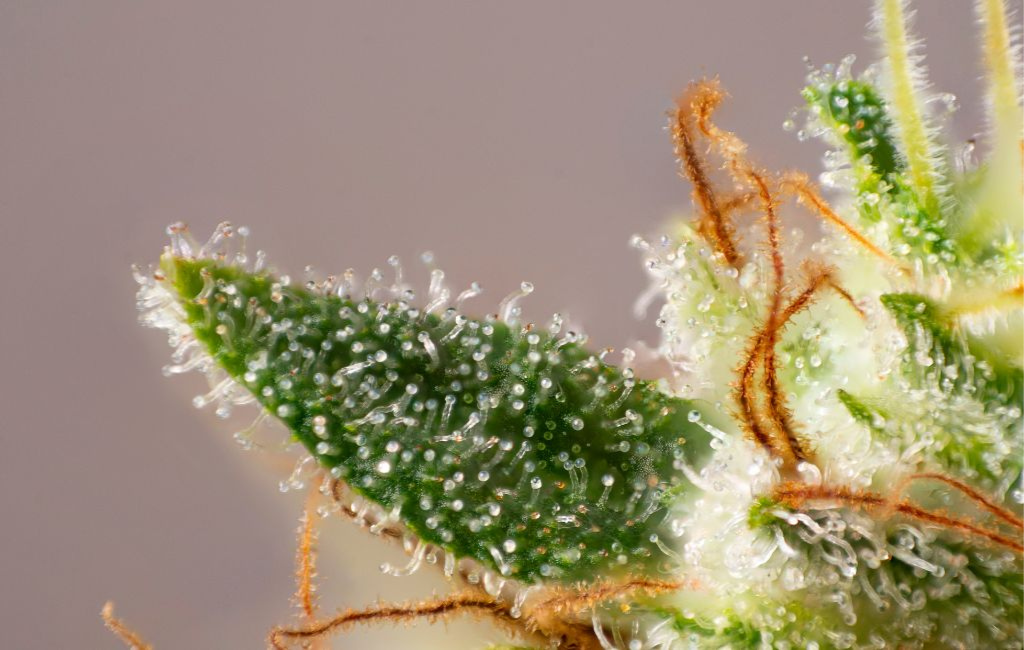Use THCa Flower Safely

Use THCa Flower Safely
THCa, or tetrahydrocannabinolic acid, is a non-psychoactive cannabinoid found in raw cannabis plants. Unlike THC, THCa does not produce a high when consumed in its natural form. However, when heated, THCa converts to THC, which is psychoactive. Understanding how to use THCa flower safely is important for both medical and recreational users.
Understanding THCa and Its Benefits
THCa is gaining attention for its potential therapeutic benefits. Research suggests that it may have anti-inflammatory, neuroprotective, and anti-emetic properties. These attributes make it a subject of interest for those seeking alternative treatments for conditions such as arthritis, neurodegenerative diseases, and nausea.
Potential Health Benefits
- Anti-inflammatory: THCa may help reduce inflammation, which can be beneficial for conditions like arthritis.
- Neuroprotective: Studies indicate that THCa might protect brain cells, offering potential benefits for neurodegenerative diseases.
- Anti-emetic: THCa could help alleviate nausea and vomiting, making it useful for patients undergoing chemotherapy.
Methods of Consumption
There are various ways to consume THCa flower, each with its own set of safety considerations. The method chosen can affect the experience and the benefits received.
Raw Consumption
Consuming THCa flower in its raw form is one way to enjoy its benefits without experiencing psychoactive effects. This can be done by adding raw cannabis to smoothies or salads. This method preserves the THCa without converting it to THC.
Vaporization
Vaporizing THCa flower at low temperatures can provide a mild experience. This method allows users to enjoy some of the benefits of THCa while minimizing the conversion to THC. It’s important to use a vaporizer that allows for precise temperature control.
Smoking
Smoking THCa flower will convert most of the THCa to THC, resulting in psychoactive effects. This method is not suitable for those seeking the non-psychoactive benefits of THCa. Users should be aware of the potential health risks associated with smoking.
Safety Considerations
When using THCa flower, safety should be a priority. Understanding dosage, potential interactions, and personal health conditions can help mitigate risks.
Dosage and Tolerance
Starting with a low dose is advisable, especially for new users. This approach allows individuals to gauge their tolerance and adjust accordingly. Keeping track of consumption can help in managing dosage effectively.
Potential Interactions
THCa may interact with certain medications. Consulting with a healthcare professional before use is recommended, particularly for those on medication or with pre-existing health conditions.
Quality and Source
Choosing high-quality THCa flower from reputable sources is important. Lab-tested products ensure that the flower is free from contaminants such as pesticides and heavy metals.
Case Studies and Research
Several studies have explored the potential benefits of THCa. For instance, a study published in the British Journal of Pharmacology highlighted its anti-inflammatory properties. Another study in the Journal of Neuroimmune Pharmacology suggested neuroprotective effects.
These studies provide a foundation for understanding the potential applications of THCa, though more research is needed to fully comprehend its benefits and limitations.
Conclusion
Using THCa flower safely involves understanding its properties, benefits, and methods of consumption. By considering dosage, potential interactions, and product quality, users can enjoy the potential therapeutic benefits of THCa. As research continues, the understanding of THCa and its applications will likely expand, offering new insights into its role in health and wellness.